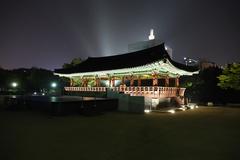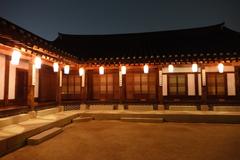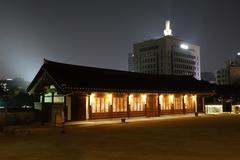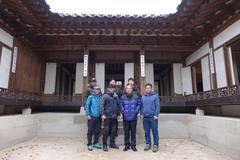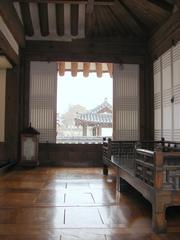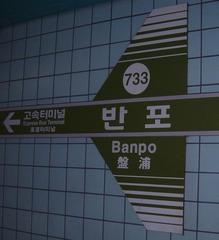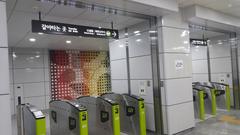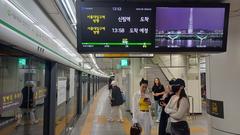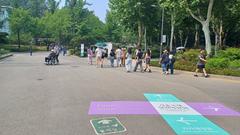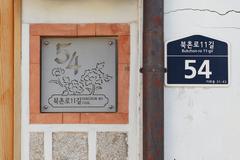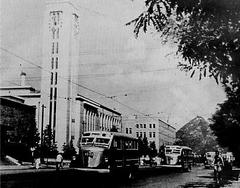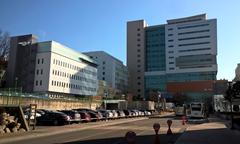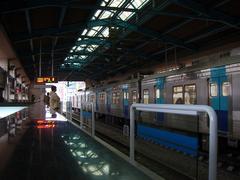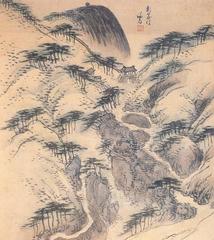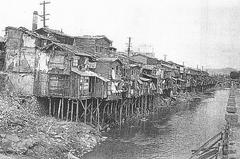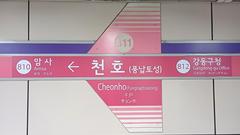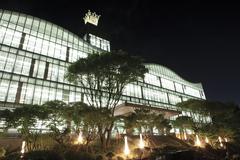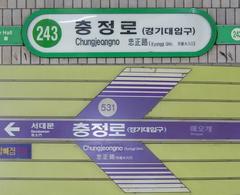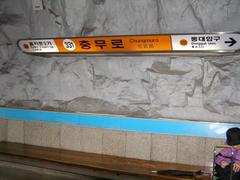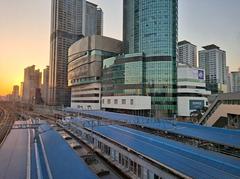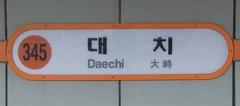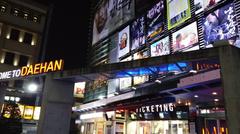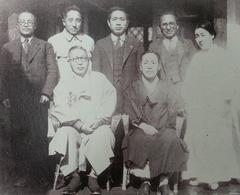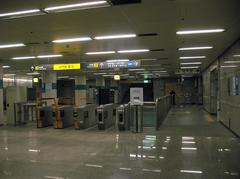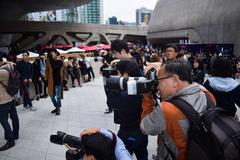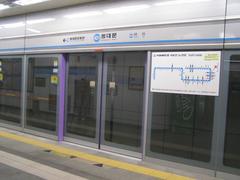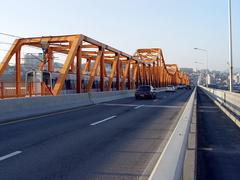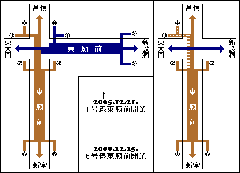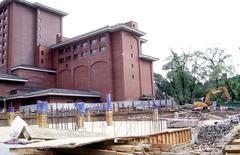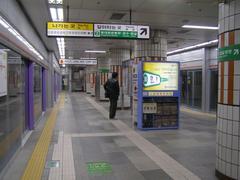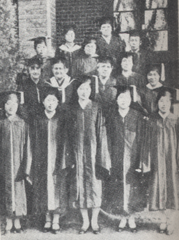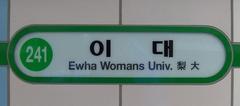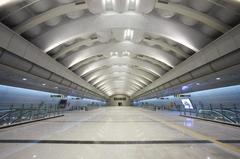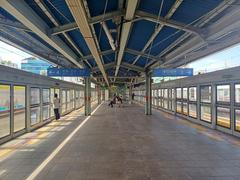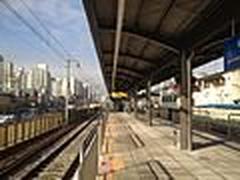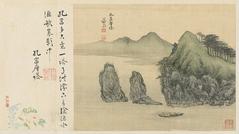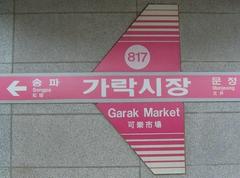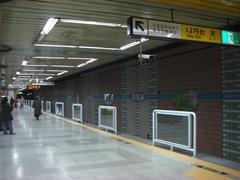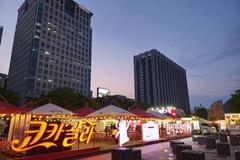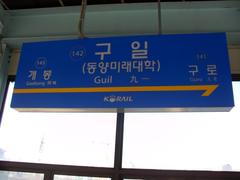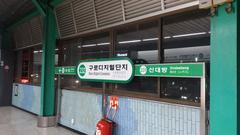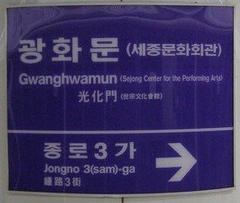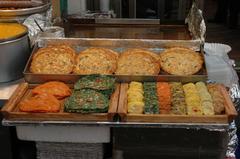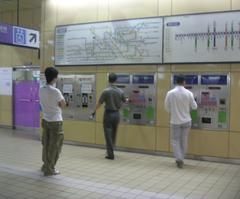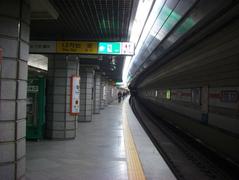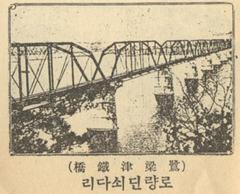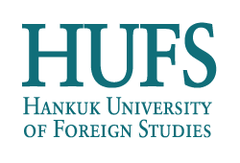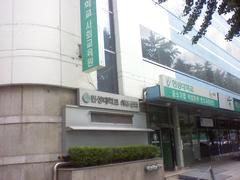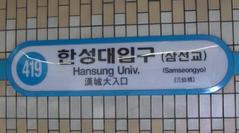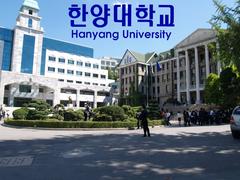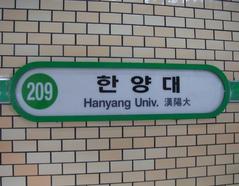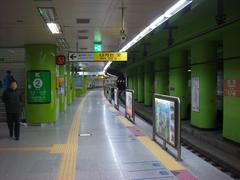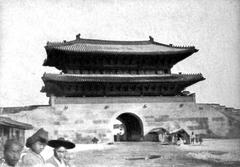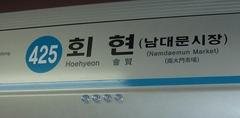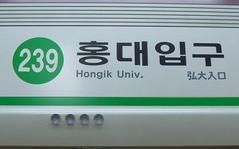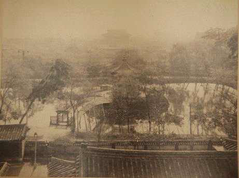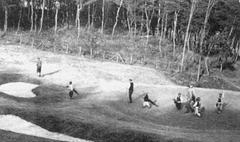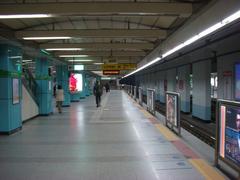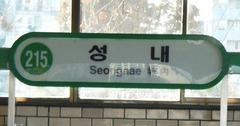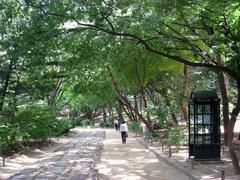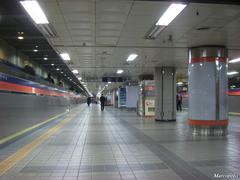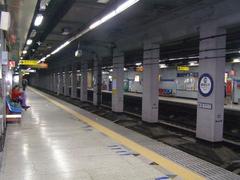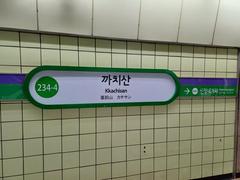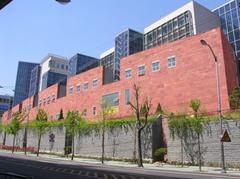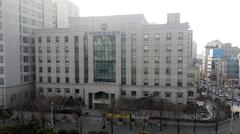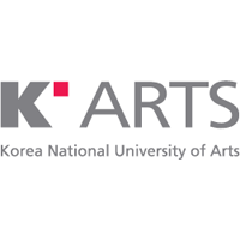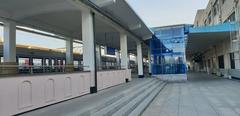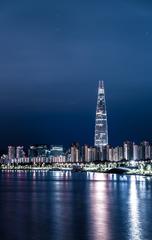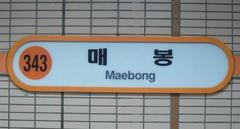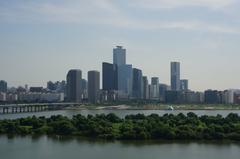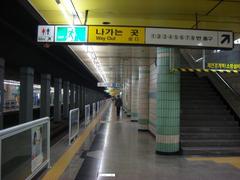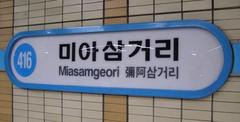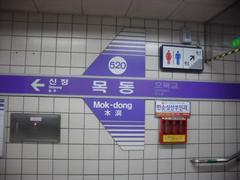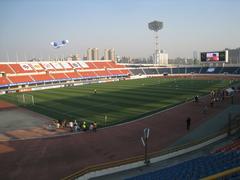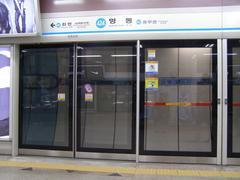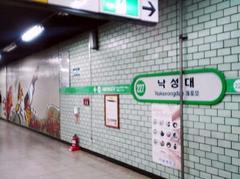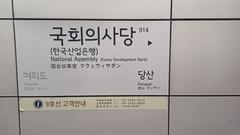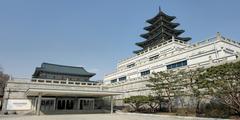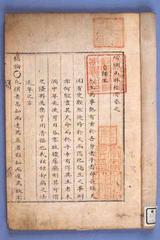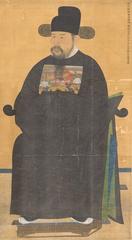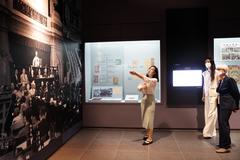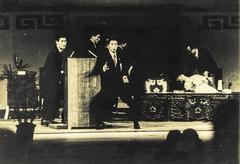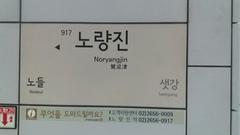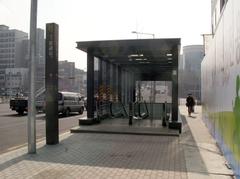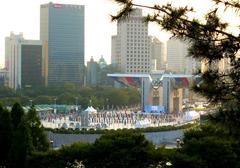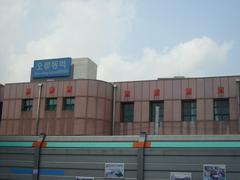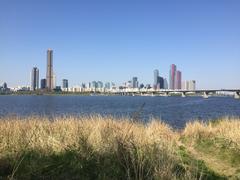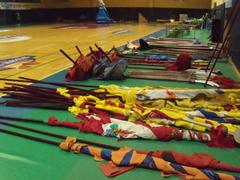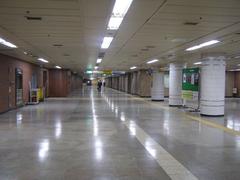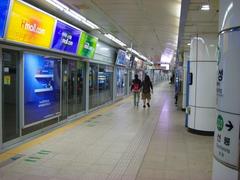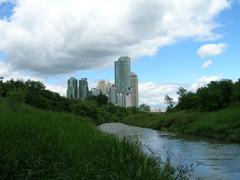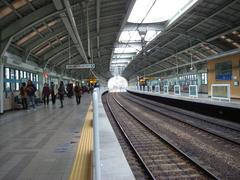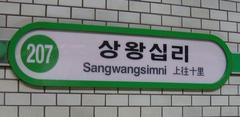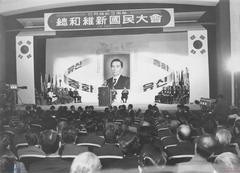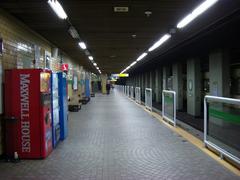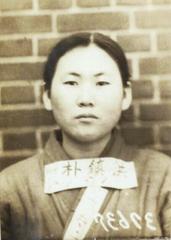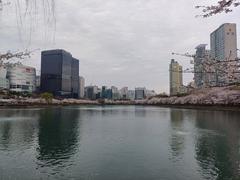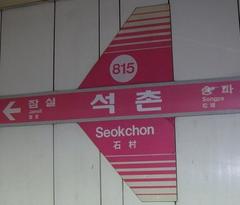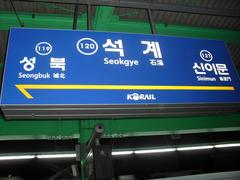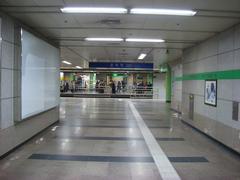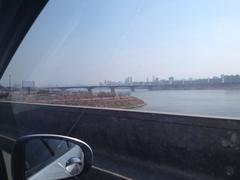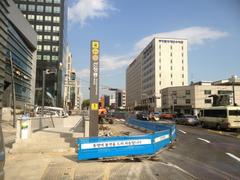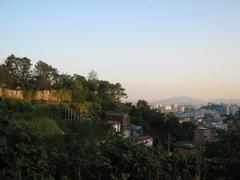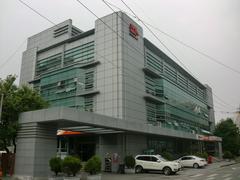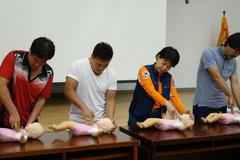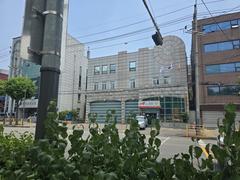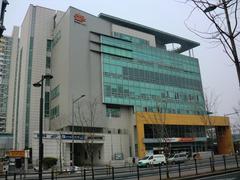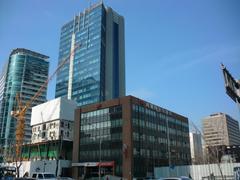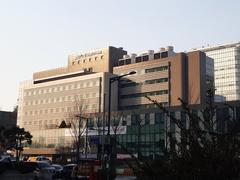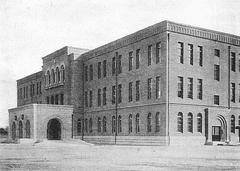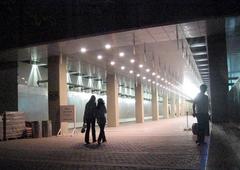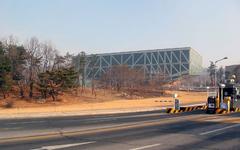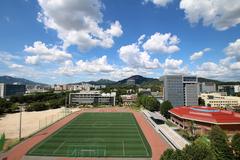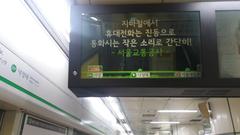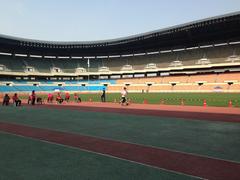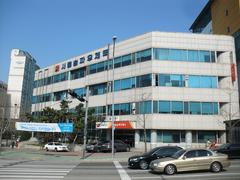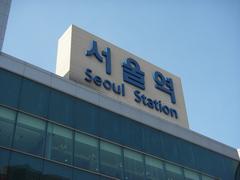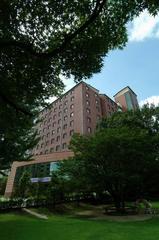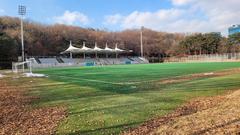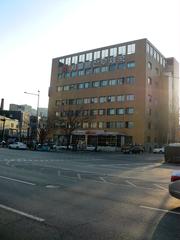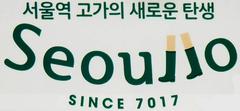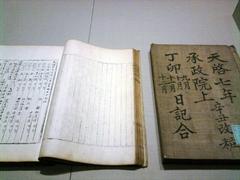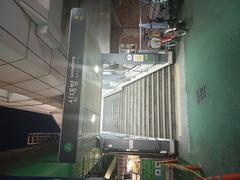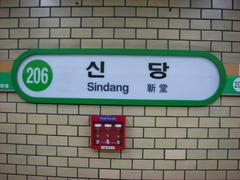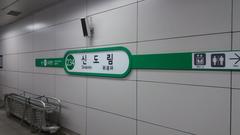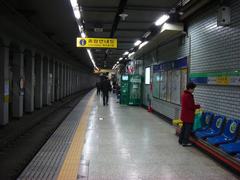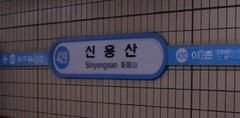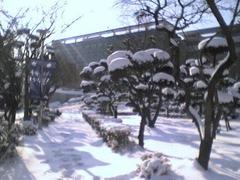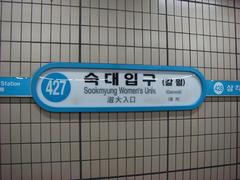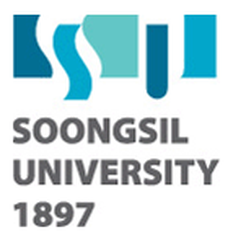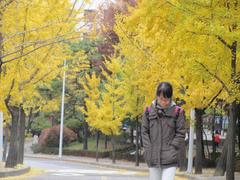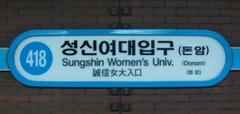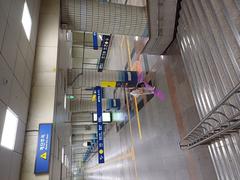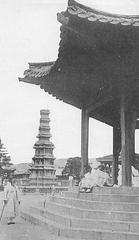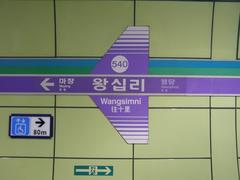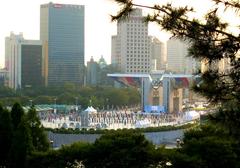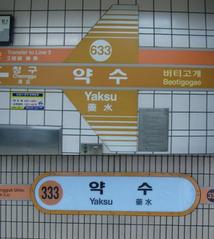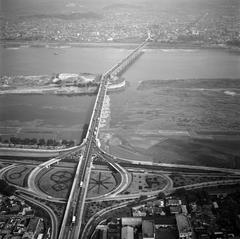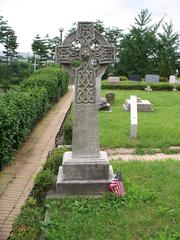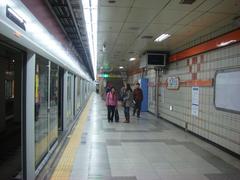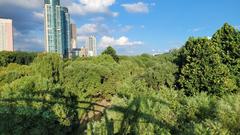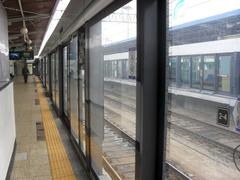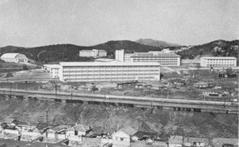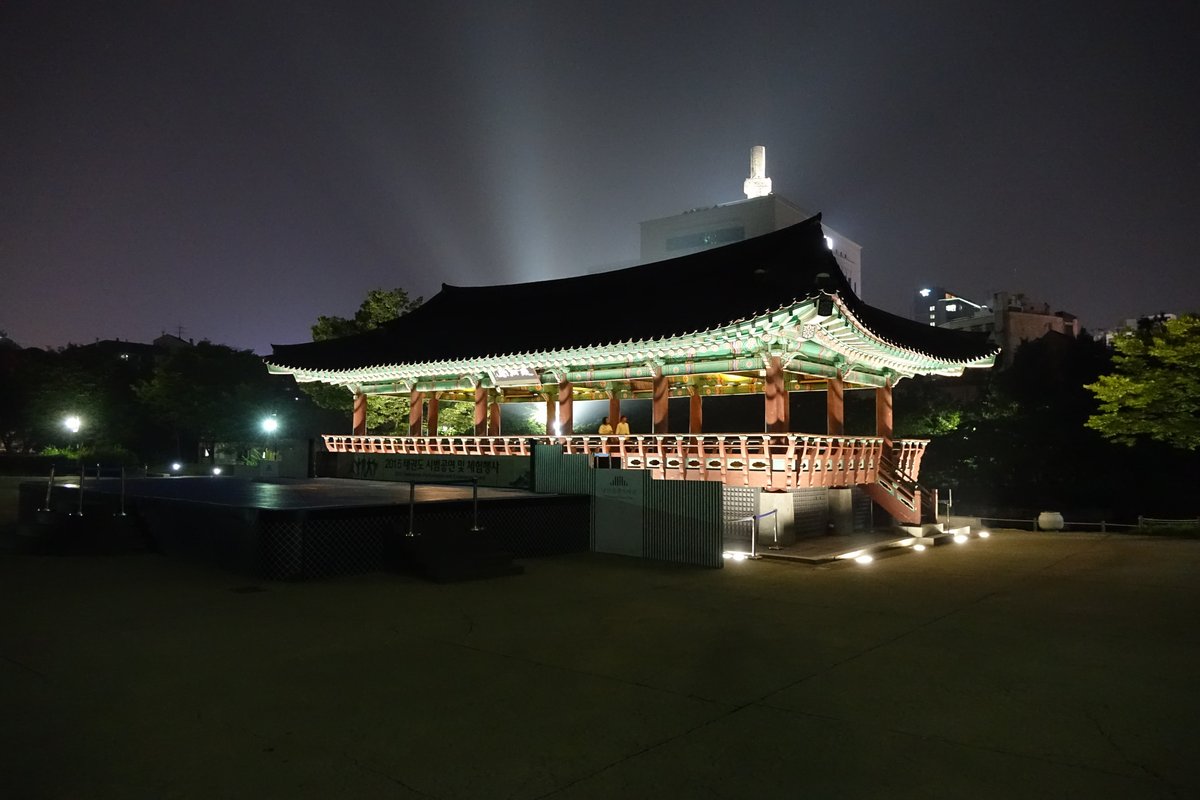
Visiting Namsangol Hanok Village: A Complete Guide
Date: 18/07/2024
Introduction
Nestled in the heart of Seoul, South Korea, Namsangol Hanok Village, also known as 남산골공원, offers a captivating glimpse into the country’s rich cultural heritage. Established in 1998, this meticulously reconstructed traditional Korean village serves as a cultural oasis amidst the bustling modern cityscape (Explore Namsangol Hanok Village). Showcasing the architectural marvels of the Joseon Dynasty (1392-1910), Namsangol Hanok Village is a living museum where visitors can explore five original hanok (traditional Korean houses) that have been carefully dismantled, transported, and reassembled from different parts of Seoul. Each hanok represents different social classes and professions, providing a comprehensive overview of the architectural diversity and cultural practices of the era.
The village is not just a historical site but also a vibrant cultural hub. It hosts various cultural programs and events throughout the year, including traditional tea ceremonies, calligraphy classes, and folk music performances. These activities offer visitors a deeper understanding of Korean customs and traditions. One of the most popular events is the reenactment of a traditional Korean wedding ceremony, providing an immersive experience of Joseon-era nuptial traditions (Visiting Hours, Tickets, and Top Attractions in Seoul).
Located conveniently near Chungmuro Station, Namsangol Hanok Village is easily accessible by subway and bus, making it an ideal destination for both locals and tourists. The village is open year-round, with free admission, allowing everyone to step back in time and experience the simplicity and beauty of traditional Korean life. Whether you are a history enthusiast, a cultural explorer, or someone looking to enjoy a serene garden in the heart of Seoul, Namsangol Hanok Village has something for everyone.
Table of Contents
- Visitor Information
- History and Significance of 남산골공원 (Namsangol Hanok Village)
- Special Events and Tours
- Preservation Efforts
- Educational Importance
- Modern Relevance
- FAQ Section
- Visitor Tips
Visitor Information
Ticket Prices and Visiting Hours
- Ticket Prices: Admission to Namsangol Hanok Village is free for all visitors.
- Visiting Hours: The village is open from 9:00 AM to 9:00 PM from March to October, and from 9:00 AM to 8:00 PM from November to February. The village is closed on Mondays.
How to Get There
- By Subway: Take Subway Line 3 or 4 to Chungmuro Station and use Exit 3 or 4. The village is a short walk from the station.
- By Bus: Take bus numbers 104, 105, 140, 263, 604, or 507 and get off at the Chungmuro Station bus stop.
Nearby Attractions
- N Seoul Tower: A short hike or cable car ride will take you to the iconic N Seoul Tower, offering panoramic views of Seoul.
- Myeongdong Shopping Street: A bustling area known for its shops, street food, and entertainment.
- Dongdaemun Design Plaza: A major urban development landmark known for its modern architecture and cultural events.
Accessibility
- Wheelchair Access: The village is equipped with ramps and accessible paths for visitors with disabilities.
- Facilities: Accessible restrooms are available on-site.
History and Significance of 남산골공원 (Namsangol Hanok Village)
Historical Background
남산골공원, also known as Namsangol Hanok Village, is a cultural gem nestled in the heart of Seoul, South Korea. The park is a meticulously reconstructed traditional Korean village that offers a glimpse into the life and architecture of the Joseon Dynasty (1392-1910). The site was officially opened to the public in 1998, but its historical roots run much deeper.
The area where Namsangol Hanok Village now stands was historically known as Cheonghak-dong, a place where scholars and aristocrats would retreat to enjoy the serene environment. The village was part of a larger effort by the Seoul Metropolitan Government to preserve and showcase traditional Korean culture. The project involved relocating and restoring five traditional hanok (Korean houses) from different parts of Seoul to create an authentic representation of a Joseon-era village.
Architectural Significance
The hanok in Namsangol Hanok Village are not just replicas; they are original structures that have been carefully dismantled, transported, and reassembled. Each house in the village represents different social classes and professions, providing a comprehensive overview of the architectural diversity during the Joseon Dynasty.
Yun Taek-yeong’s House
This house belonged to Yun Taek-yeong, the father-in-law of King Sunjong, the last emperor of the Joseon Dynasty. The house is a fine example of upper-class architecture, featuring a spacious layout and intricate wooden carvings.
Min Yeong-hui’s House
Min Yeong-hui was a high-ranking official, and his house reflects the opulence and grandeur associated with his status. The house includes a large courtyard, a main hall, and several auxiliary buildings.
Kim Chunyeong’s House
This house belonged to Kim Chunyeong, a middle-class government official. It is simpler in design compared to the houses of the aristocracy but still showcases the elegance of traditional Korean architecture.
Lee Seung-eop’s House
Lee Seung-eop was a renowned scholar, and his house is designed to reflect his scholarly pursuits. The house includes a study room and a library, emphasizing the importance of education and literature in Joseon society.
Chun Woo-gyun’s House
This house belonged to Chun Woo-gyun, a commoner. It is the most modest of the five houses, providing insight into the living conditions of the lower classes during the Joseon Dynasty.
Cultural Significance
Namsangol Hanok Village serves as a living museum, offering visitors a chance to experience traditional Korean culture firsthand. The village hosts various cultural programs and events throughout the year, including traditional tea ceremonies, calligraphy classes, and folk music performances. These activities provide a deeper understanding of Korean customs and traditions.
One of the most popular events at Namsangol Hanok Village is the traditional Korean wedding ceremony. Visitors can witness a reenactment of a Joseon-era wedding, complete with traditional attire, rituals, and music. This event is particularly popular among tourists, as it offers a unique and immersive cultural experience.
Special Events and Tours
Guided Tours
Namsangol Hanok Village offers guided tours in multiple languages, including English, Chinese, and Japanese. These tours provide in-depth insights into the history and significance of each hanok and the village as a whole.
Traditional Korean Wedding Ceremony
The traditional Korean wedding ceremony is a highlight for many visitors. This reenactment includes traditional attire, rituals, and music, providing an immersive experience of Joseon-era nuptial traditions.
Photographic Spots
The village is a photographer’s dream, with numerous spots perfect for capturing the beauty of traditional Korean architecture and serene garden landscapes. The main courtyard, the traditional garden, and the various hanok houses offer stunning backdrops for photos.
Preservation Efforts
The preservation of Namsangol Hanok Village is a testament to South Korea’s commitment to safeguarding its cultural heritage. The Seoul Metropolitan Government has implemented various measures to ensure the longevity of the village, including regular maintenance and restoration work. The village is also protected under the Cultural Heritage Protection Act, which aims to preserve and promote Korea’s cultural assets.
In addition to physical preservation, efforts are also made to keep traditional Korean crafts and skills alive. The village employs skilled artisans who specialize in traditional carpentry, roofing, and other crafts. These artisans play a crucial role in maintaining the authenticity and integrity of the hanok.
Educational Importance
Namsangol Hanok Village is not just a tourist attraction; it is also an important educational resource. The village collaborates with schools and universities to offer educational programs that teach students about traditional Korean culture and history. These programs include guided tours, hands-on workshops, and lectures by experts in Korean studies.
The village also serves as a research site for scholars and historians. The detailed restoration and preservation work provide valuable insights into traditional Korean architecture and lifestyle. Researchers can study the construction techniques, materials, and design principles used in the hanok, contributing to a deeper understanding of Korea’s architectural heritage.
Modern Relevance
In today’s rapidly modernizing world, Namsangol Hanok Village stands as a reminder of Korea’s rich cultural history. The village offers a stark contrast to the bustling cityscape of Seoul, providing a tranquil retreat where visitors can step back in time and experience the simplicity and beauty of traditional Korean life.
The village also plays a role in promoting cultural exchange. It attracts visitors from around the world, fostering a greater appreciation and understanding of Korean culture. The village’s cultural programs and events are designed to be accessible to international visitors, with information available in multiple languages and guided tours offered in English, Chinese, and Japanese.
FAQ Section
What are the visiting hours for Namsangol Hanok Village?
The village is open from 9:00 AM to 9:00 PM from March to October, and from 9:00 AM to 8:00 PM from November to February. The village is closed on Mondays.
How much are the tickets for Namsangol Hanok Village?
Admission to Namsangol Hanok Village is free for all visitors.
Are there guided tours available?
Yes, guided tours are available in multiple languages, including English, Chinese, and Japanese.
Visitor Tips
Best Time to Visit
Namsangol Hanok Village is open year-round, but the best times to visit are during the spring (April to June) and autumn (September to November) when the weather is mild and the garden is at its most beautiful.
What to Wear
Comfortable walking shoes are a must, as the village is spread out over a large area with uneven terrain. If you plan to participate in any cultural programs, wearing comfortable and modest clothing is advisable. During the summer months, lightweight and breathable fabrics are recommended, while in winter, layering is essential to stay warm.
Photography Tips
Namsangol Hanok Village is a photographer’s paradise, with its well-preserved hanok (traditional Korean houses), beautiful gardens, and scenic views of Namsan Mountain. Early morning or late afternoon provides the best lighting for photography. While photography is generally allowed, it is courteous to ask for permission before taking close-up shots of people, especially those participating in cultural programs.
Food and Drink
While there are no full-service restaurants within the village, there are several traditional tea houses and snack stalls where you can enjoy light refreshments. For a more substantial meal, the nearby Myeongdong district offers a wide variety of dining options, from street food to fine dining. It is advisable to bring a water bottle, especially during the hot summer months, to stay hydrated.
Safety and Etiquette
While visiting Namsangol Hanok Village, it is important to respect the cultural heritage and follow local etiquette. This includes not touching or climbing on the hanok structures, keeping noise levels down, and disposing of trash in designated bins. Smoking is prohibited within the village, and pets are not allowed, except for service animals.
Language and Communication
While many signs and information boards within the village are in both Korean and English, it is helpful to know a few basic Korean phrases. Most staff members speak some English, but having a translation app or phrasebook can enhance your experience. Additionally, free Wi-Fi is available throughout the village, making it easy to stay connected and access information.
Souvenirs and Shopping
The village has a small gift shop where you can purchase traditional Korean souvenirs such as hanbok dolls, pottery, and calligraphy sets. These items make for unique and meaningful mementos of your visit. Prices are generally reasonable, but it is always a good idea to compare prices with other shops in the nearby Myeongdong district.
Special Events and Festivals
Throughout the year, Namsangol Hanok Village hosts various special events and festivals that showcase traditional Korean culture. These include the Dano Festival in June, the Chuseok (Korean Thanksgiving) celebrations in September, and the Seollal (Lunar New Year) festivities in January or February. Participating in these events offers a deeper understanding of Korean traditions and is highly recommended for visitors.
Conclusion and Call to Action
Namsangol Hanok Village stands as a testament to South Korea’s dedication to preserving and promoting its rich cultural heritage. Through its carefully restored hanok, engaging cultural programs, and educational initiatives, the village offers an invaluable resource for both locals and tourists to experience and appreciate traditional Korean culture. The village’s ongoing preservation efforts, supported by the Seoul Metropolitan Government, ensure that future generations will continue to have the opportunity to explore and learn from this cultural gem (Complete Guide to Visiting Namsangol Hanok Village).
Visitors to Namsangol Hanok Village can immerse themselves in the architectural beauty and historical significance of the Joseon Dynasty, participate in hands-on cultural activities, and enjoy the tranquil atmosphere of the traditional garden. The village also plays a crucial role in promoting cultural exchange, attracting visitors from around the world and fostering a greater appreciation and understanding of Korean culture. With its free admission and accessible location, Namsangol Hanok Village is a must-visit destination for anyone traveling to Seoul.
For more information and to plan your visit, be sure to check the official Namsangol Hanok Village website. Don’t forget to explore other related posts and follow us on social media for the latest updates. By visiting Namsangol Hanok Village, you not only embark on a journey through Korea’s past but also contribute to the preservation and celebration of its cultural heritage.
